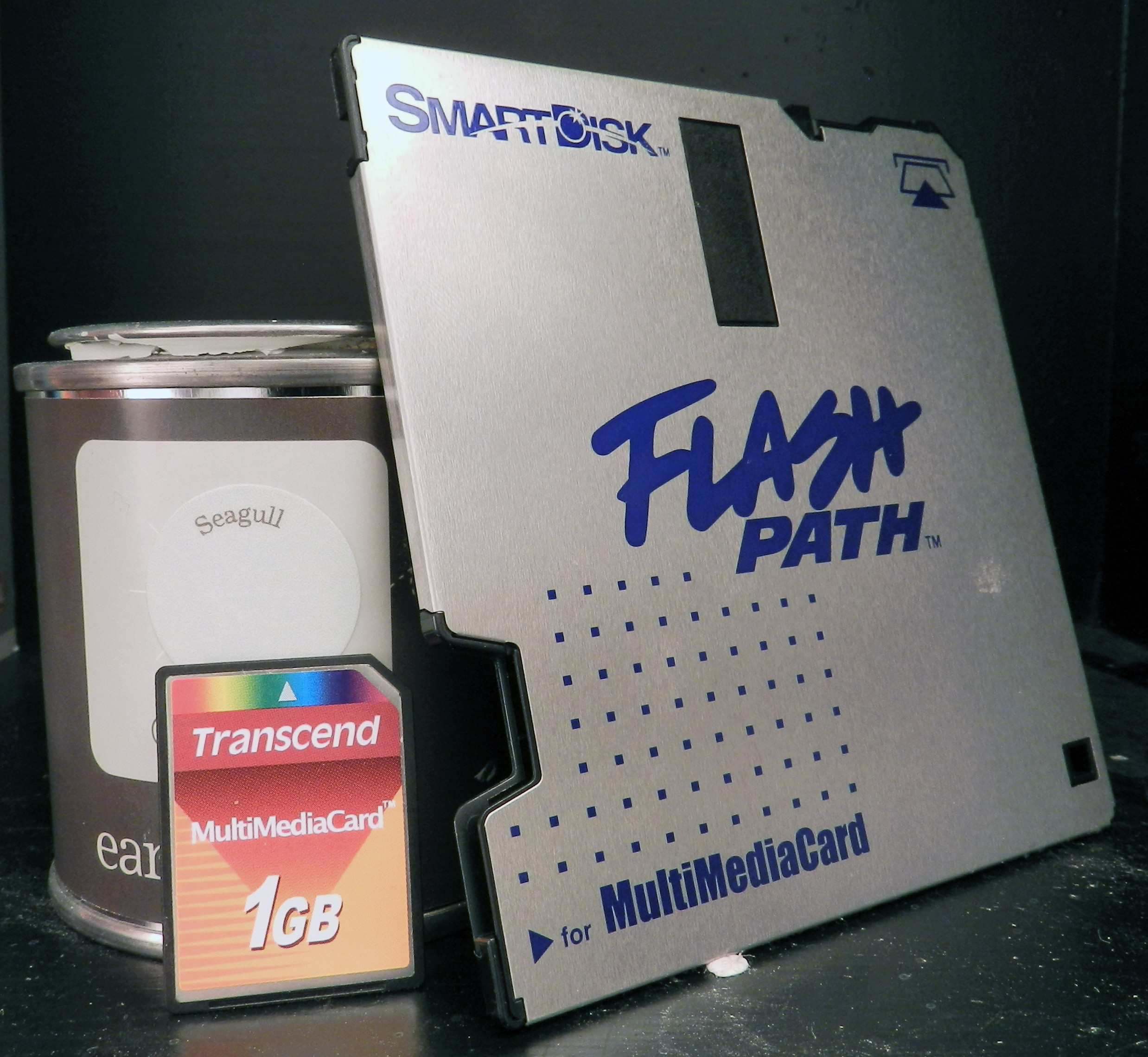About 1680kb Floppies OR DMF - Distribution Media Format

About 1680kb Floppies OR DMF - Distribution Media Format
I Suggest DFM 1024 (DMF-1) For Small Cluster Sizes
I will add more details, for now I'm just completing the suites/packs file lists and application descriptions, for all my releases.
Alkonost MaxFormat, free, can format floppies to DMF 1024 & DMF 2048
About DMF
DMF and 1.68 MB formats are the same physical format of 80 tracks and 21 sectors per track. The 1.68 MB format has 224 entries in the root directory, and a cluster size is 512 bytes. DMF format has only 16 entries in the root directory (you need create a subdirectory to copy more than 16 files), and the cluster size is 1024 (DMF 1024) or 2048 bytes (DMF 2048). You can check the cluster size in the Image Information...
Microsoft uses DMF 2048 for the floppy version of some of their newer software. Windows 95/98/Me and Windows NT/2000/XP/2003 read and write directly in DMF format. You will need FDREAD for this format under MSDOS or Windows 3.1.
1.72 MB format uses 82 tracks and is not compatible with Windows NT/2000/XP/2003.
1.68 MB and DMF are the same physical format, and are compatible with Windows NT/2000/XP/2003. I highly suggest you don't use 1.72 MB.
The DMF 2048 format is often used for distribution floppies under Windows 95/98 and Windows NT.
The Below Article From Wikipedia Is Referring To DMF 1024 & DMF 2048
Distribution Media Format
Comparison of DMF and standard 1440 kB 3½-inch diskettes:
| 1440 kB | DMF | |
|---|---|---|
| Tracks | 80 | 80 |
| Sectors per track | 18 | 21 |
| Cluster size | 512 bytes | 1024 or 2048 bytes |
| Root directory entries | 224 | 16 |
DMF in the form of a 1680 kB Virtual Floppy Disk (VFD) image and IBM Extended Density Format (XDF) images are supported by Windows Virtual PC.[4]

Comments